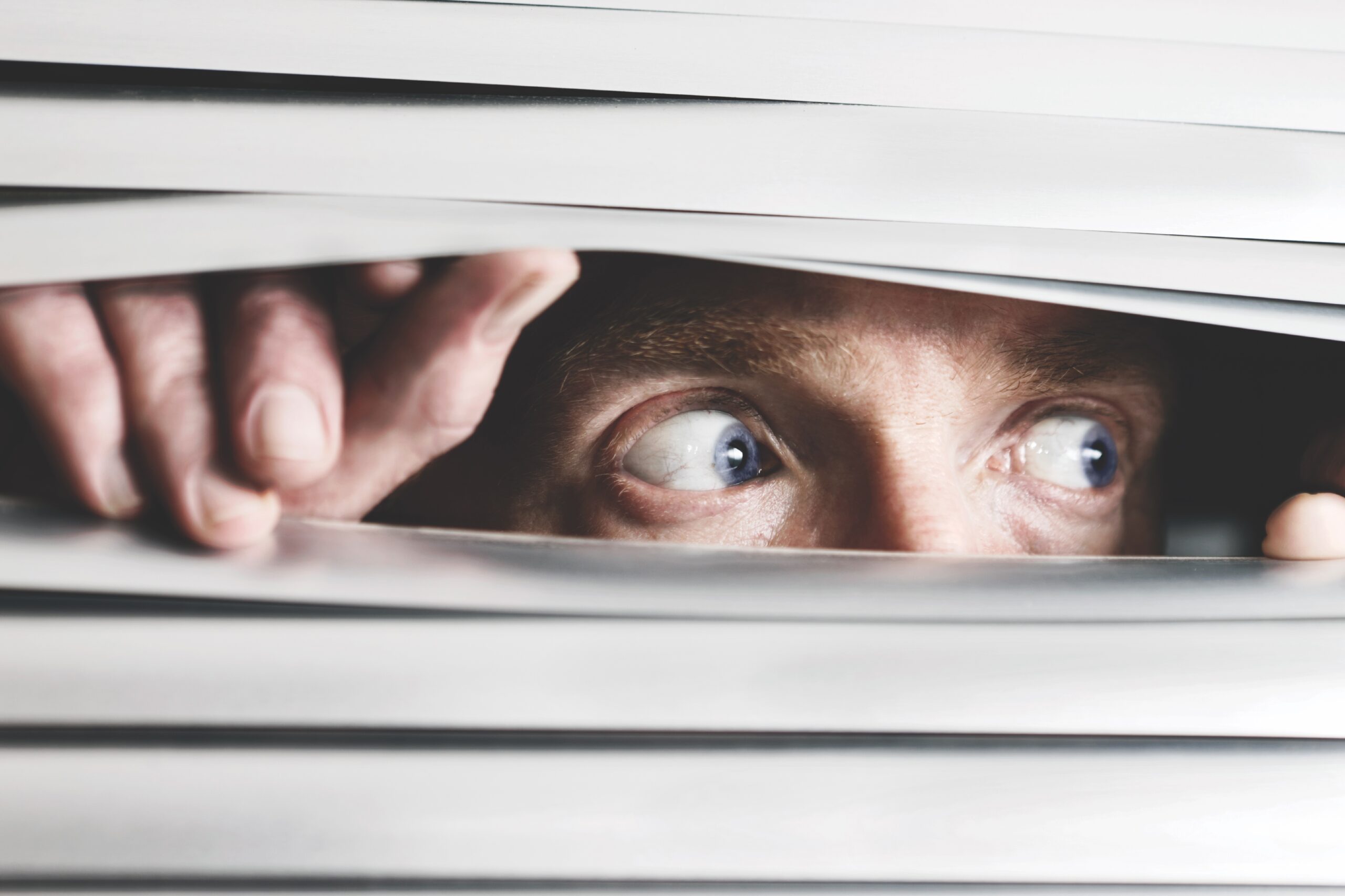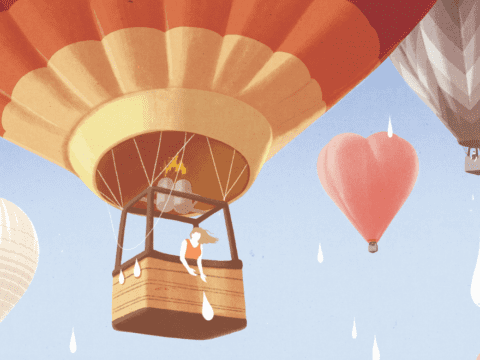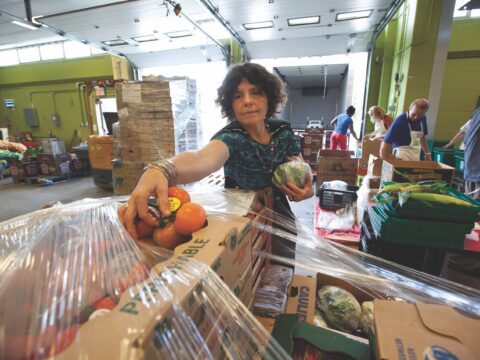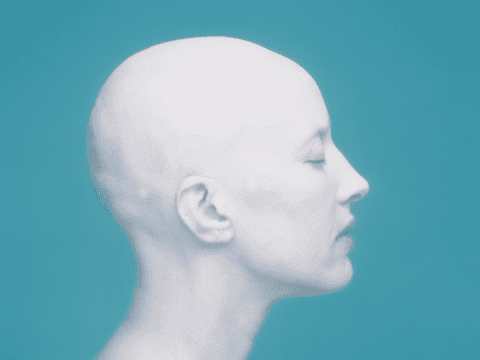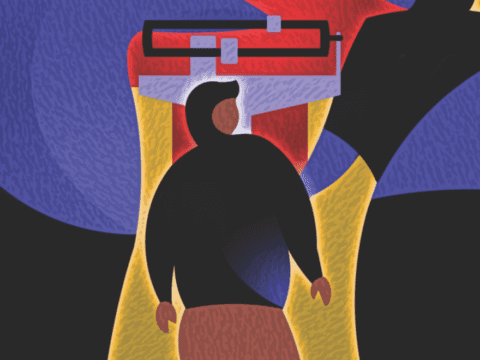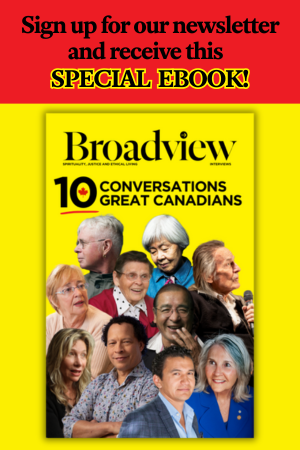In the wake of 9/11, people chose to drive rather than fly, and as a result, six times more people died in car accidents after the attack. The single-greatest risk factor for breast cancer is age, but when a 2007 survey by Oxford University researchers asked British women when a woman is most likely to get breast cancer, more than half said that age doesn’t matter. In Europe, where there are more cellphones than people, a survey found that more than 50 percent of Europeans believe cellphones are a serious threat to health. These are some of the observations that Canadian author and journalist Dan Gardner makes in his 2008 book, Risk: Why We Fear the Things We Shouldn’t — and Put Ourselves in Greater Danger.
Gardner is one of a growing number of theorists examining how fear plays out in daily life. Since 9/11, North Americans have been saturated in a culture of fear, often based more on perception than reality. How hard do adrenaline and cortisol pump in the social bloodstream? Just look to the rise of armoured SUVs, television crime dramas and anti-immigration political platforms, all evidence that fear has penetrated our pores. At the same time as our life expectancy is reaching new peaks, so too is our paranoia. How do we distinguish legitimate fears from trumped-up ones? How do we resist the deluge of messages telling us to be very, very afraid?
It’s not that fear itself has changed. We don’t necessarily feel fear differently or have more fears than previous generations. The packaging and delivery system has evolved. We’re not sitting around campfires recounting stories about the latest lion attack. Fear today is mass produced, and not only by the media. It’s a Facebook post away, driven home by trusted “friends.”
Microsoft social media researcher Danah Boyd says that in an information-saturated world, getting attention has value. And a surefire way to get attention is to play on people’s anxieties. “The attention economy provides a very fertile soil for the culture of fear,” she writes. “Because fear is a biological mechanism to get people’s attention, [it’s] an extraordinarily effective tool to leverage.”
As I write, a number of Facebook friends are posting copyright declarations on their pages, afraid that Facebook will steal their personal content and use it for evil ends. The typical post begins with an admission that there might not be any factual basis for their fear: “I am not sure if this is true or not, but I feel I am better safe than sorry.”
Fear has us on guard. We aren’t just wary; we are watchful. David Lyon, a professor of sociology at Queen’s University and pioneer of surveillance studies, says we are morphing into Big Brother, consuming surveillance. Nanny cams, Internet spyware and closed-circuit television (CCTV) systems are readily available. Street video surveillance is commonplace, frequently supported by business owners to prevent homeless people or teenagers from hanging out around stores. In Lyon’s words, “Technology is helping us ‘walk by on the other side’ of the road before there has been an encounter.’”
Fact and fear are perhaps most at odds when it comes to crime. In 2010, police-reported crime reached its lowest level in Canada since 1973. Yet, in a 2009 Statistics Canada survey, when asked about the level of crime in their neighbourhood compared to five years earlier, 62 percent of Canadians thought it had remained the same, 26 percent believed it had increased and just six percent said crime had decreased. Personally, I avoid walking alone at night and in some parts of the city altogether; my fear is based on a few vague anecdotes, not any real information. Growing up, I was admonished by my mother to “be careful”; my friends told me to “take care.” The messages took, just not in any rational way.
Fear might be the average joe of the emotional spectrum, but it’s exceptionally hard to quantify. In fact, some theorists describe its amorphous quality as one of its uniquely modern features. Frank Furedi, a British sociologist, says fear floats over the full range of life, migrating from one problem to the next, even connecting and compounding them. Take fear of a hurricane, mix it with fear of global warming and a whole new stratosphere of fear emerges.
But fear doesn’t emerge fully formed. It is moulded by fear entrepreneurs. Politicians peddle fear for votes, and corporations market fear for sales. Judging by the six bottles of eye cream in my bathroom cupboard, I’m ashamed to admit that the corporate marketing gurus probably had me at “grow old gracefully.” I doubt the creams even work. I’m sure they aren’t “anti-aging.” Yet I’ve spent a small fortune trying to stave off those terrifying fine lines.
Capitalizing on social fear isn’t just manipulated by greed and self-interest; it’s often harnessed for good. Take health-care appeals. A pale-faced woman hooked up to an oxygen machine stares straight into the camera and with a gasping breath says, “I stopped smoking too late.” Ethicists are divided on the merits of such advertising. Some say the end justifies the means, while others are wary of injecting society with anxiety and distress. SARS, hoof-and-mouth disease, West Nile, swine flu, mad cow: how many pandemics will we lose sleep over before we tune out? And if we tune out, will we cease to take precautions or react appropriately?
Media bear the brunt of the blame for fear-mongering, for skewing our sense of risk. Maybe the shoe fits. “When was the last time you saw a story about diabetes killing someone? And yet diabetes kills more people in a year than tornadoes and terrorism combined will kill in all of human history,” says Gardner in a Google-sponsored lecture series. “We are biased toward bad news. Good news is an oxymoron. Things improve — not a story. Things go to hell — a great story.”
But Gardner doesn’t think the media’s motives are necessarily bad. “I don’t deny that ideology or money play some role at some times in some venues. But I think that there is something much more fundamental going on in the behaviour of the media. It’s simply that journalists are people. . . . There is huge psychological literature that demonstrates that people are biased toward bad news. . . . The media are just following human nature.”
There’s a fine line between being biased toward bad news and creating it, though. Erin Steuter and Deborah Wills, professors at Mount Allison University in Sackville, N.B., studied the Canadian media’s coverage of the wars in Afghanistan and Iraq. They found that headlines routinely characterized not just enemy soldiers but all Arabs or Muslims as diseases, animals and insects through loaded metaphors: opponents were hunted, snared, caged, smoked, flushed out, breeding, skulking and scurrying.
Steuter and Wills found the same words used in Nazi propaganda films to refer to Jewish people, in Second World War headlines to describe the Japanese and in reference to the Tutsi ethnic community prior to and during the Rwandan genocide.
How we frame fear can have dire consequences. But how much control can we really exert over our panic? A centipede on the shower wall once sent me reflexively leaping from the stall so quickly that I broke three toes.
Developments in brain science suggest that our response to fear is innate. “Fear is the hardwired fire alarm of the brain, setting off sprinkler systems and calling the fire department automatically, sometimes even faster than we know,” writes Andrew Lo, a finance professor at the MIT Sloan School of Management, in his essay “Fear, Greed, and Financial Crises: A Cognitive Neurosciences Perspective.” The fear response pathway bypasses higher brain functions, Lo explains, including the ones we usually associate with logic. Fear is a gut reaction, and while it does a good job of protecting us from physical danger, it doesn’t help us face other kinds of threats.
Our “stone-age brains” make us really bad at risk assessment. Gardner uses fear of pedophilia as an example. He says that parents hear an awful story about child abduction on the news, and the next day they are afraid to let their children walk to school. “Our primitive brain says ‘be afraid,’ even though we know our child is 26 times more likely to die in a car crash than be abducted by strangers,” says Gardner. “But what are we doing? We are taking our children, putting them in cars and driving them to school thinking that we are keeping them safe from the pervert in the bushes. That’s primitive cognitive wiring at work.”
Fear is a fact of life, as natural as breath. In some circumstances, it can be life-saving. But if fear guides decision-making and our risk perception is off, we can alter our lives in the wrong ways. Fear of the stranger, for example, can lead us to segment into cultural enclaves, not because they are safer but because we feel they are. In the process, we lose contact with neighbours, which in turn makes us fear them more.
The antidote? Sociologist and author Barry Glassner offers practical advice: “Stop and ask who is benefiting from you being afraid. Ask yourself if something rare is being portrayed as quite common. You might want to do some research, but even just asking those two questions can go a long way to alleviating fear.”
Michael Fisher, the Canadian founder of the Center for Spiritual Inquiry and Integral Education in Illinois, sees fear as a kind of environmental pollution. “We need to unplug. If we don’t unplug, we are consuming the pollution on a major scale,” he says.
He calls for more community-based dialogue to help discern legitimate fears. “We need to have complicated conversations about fear, to be self-reflective. We need to learn from the world’s fearlessness teachings, including those from the spiritual traditions, to help us discern how we want to live in the culture of fear.”
When we stop being afraid, Fisher suggests, we connect with what really matters. “No organism wants to live in fear very long. When fear arises, so does our spirit of fearlessness. Fearlessness is the pathway between fear and love.”
***
This story first appeared in The United Church Observer’s January 2013 issue with the title “Scared senseless.”

